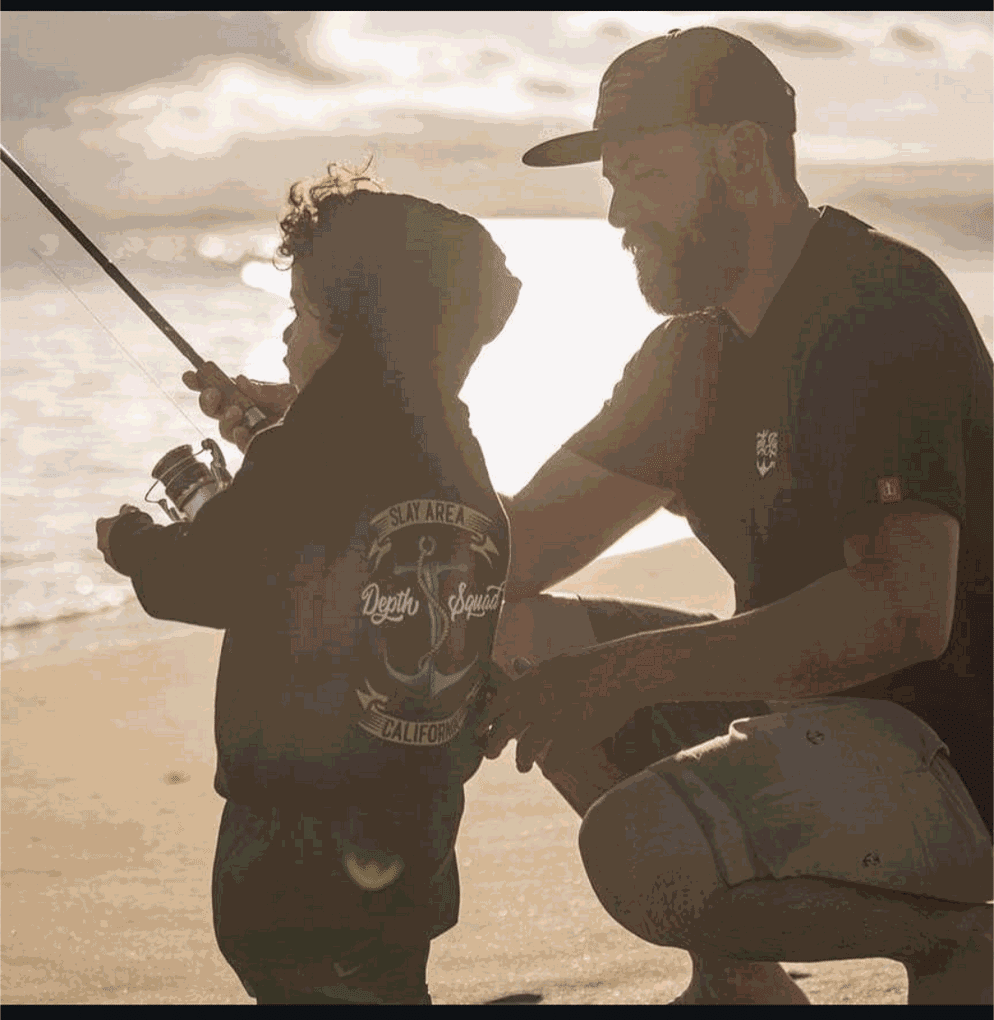More fish, more sustainable fisheries, and an ecosystem better protected from threats was the promise of the Marine Life Protection Act (MLPA) and the 124 MPAs now in place in California. Ten years on, what have they accomplished? The recently completed 10-year review by the California Department of Fish and Wildlife, as well as numerous scientific papers, suggest that our hopes were misplaced. The review concludes “statewide and regional trends across habitats showed no difference in biodiversity inside compared to outside MPAs.” As to the very real threats to California’s coastal ecosystems, climate change and recent marine heat waves, the review is decidedly not sanguine “analysis across habitats in the central coast revealed that MPAs did not provide strong resilience against the marine heatwave.” Ouch! Finally, there is not even evidence that there are any more fish in California state waters now, except for some of the areas that are closed to fishing. The only study to look at whether there were more fish overall suggests that the answer is no. Where fishing is intense, there are definitely more fish inside the closed area, but the fishing boats simply moved outside the boundary and caught them there.
The structure of the 10-year review alone squashes any expectations that the MPAs might be protecting our ocean from any threats. The review devotes 9 pages to governance and partnerships, 22 pages to research, 15 pages to outreach and education, and 14 pages to enforcement. A paltry 4 pages deal with how marine species have changed, and another 4 pages deal with climate resilience. The blatant absence of “good news” is spun into research, public engagement and enforcement as if those had been the goals the MPAs were meant to achieve.
Unsurprisingly, the only threat the MPAs do address is overfishing, and that is not a problem in state waters. The Marine Life Protection Act was conceived and implemented at a time of serious concerns about declines in many rockfish species in federal waters, but are not the focus of fisheries in state waters and are rarely found there. One should not expect major benefits from no-fishing zones when there is no overfishing to begin with.
Make no mistake, California coastal ecosystems face many threats. These include climate change related warming, ocean acidification, storm severity and sea level rise. Moreover, the coasts face a wide range of terrestrial impacts from coastal development, sedimentation, land based runoff of sediments and pollutants, and water diversions. New exotic species and diseases have arrived, and ship traffic is increasing. California’s MPA network provides no protection from any of these threats, and yet the MPA advocates are still claiming to have protected the ocean.
The Marine Life Protection Act was born in a research network of academics who formed a group call PISCO that published a report called “The Science of Marine Reserves” in 2007. The opening paragraph states “fish, shellfish, and other species are declining in many places. The changes are impairing the ocean’s capacity to provide food, protect livelihoods, maintain water quality, and recover from environmental stress.” Whatever happened to food and livelihoods? There is not a whisper or mention of those in the 10-year review.
Does California need even more marine reserves? The public should demand to know what the objectives are, how success is measured, what perceived threats are being addressed, and would the funds be better spent to address the real threats to California’s coastal ecosystems. In a pinch, we could say that MPAs to some extent restrict fishing. But wait, we already have an agency that does that, the California Department of Fish and Wildlife (CDFW). Perhaps funding to implement more MPAs should be redirected to CDFW to do its job even better? Perhaps more importantly, the funds could be used to better regulate terrestrial impacts on the coastal ecosystem.
Ray Hilborn is a professor in the School of Aquatic and Fishery Sciences at the University of Washington and served on the Science Advisory Team during MLPA planning for Santa Barbara reserves. He has been awarded the World Fisheries Science Prize and the Volvo Environmental Prize.

